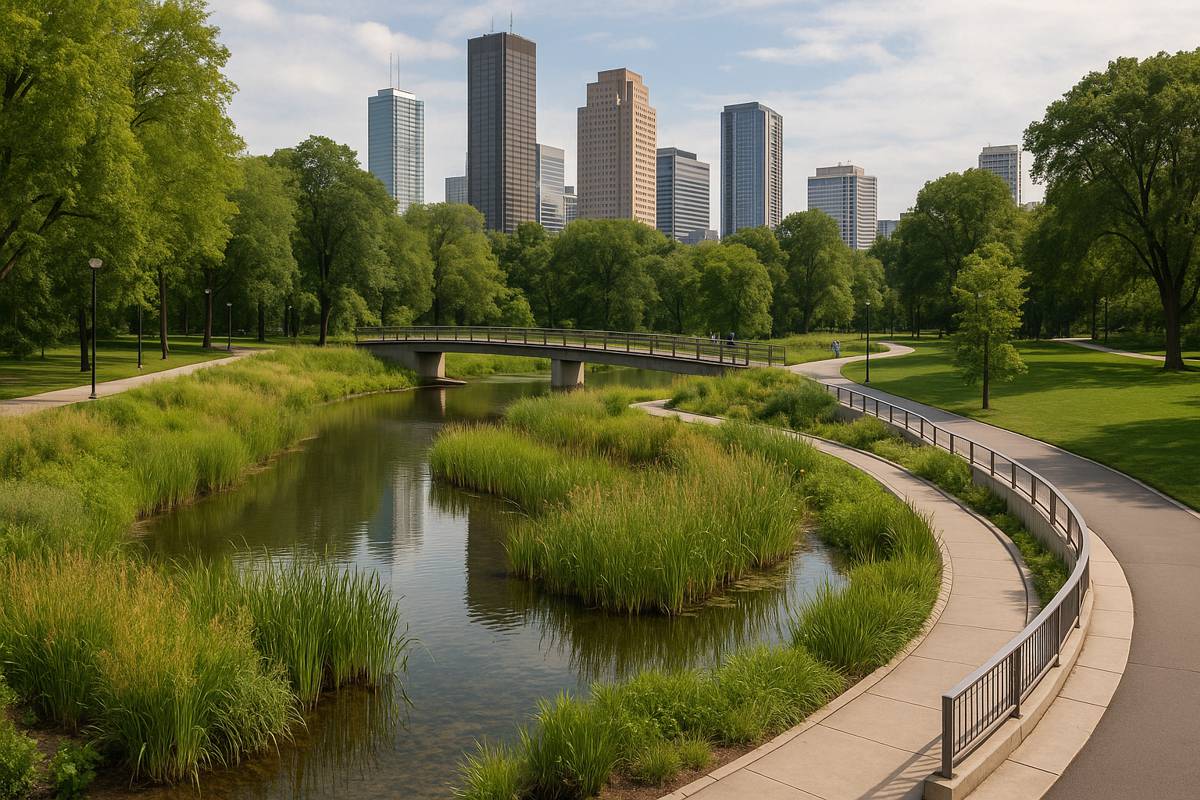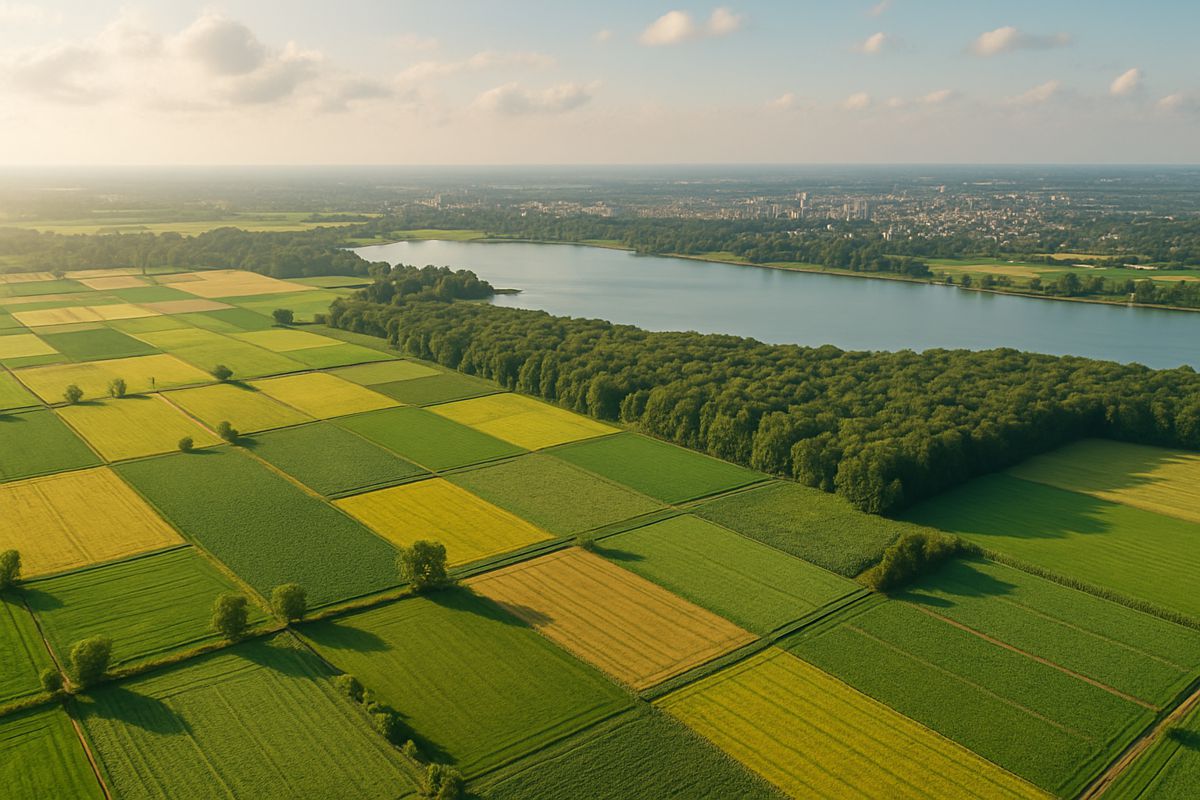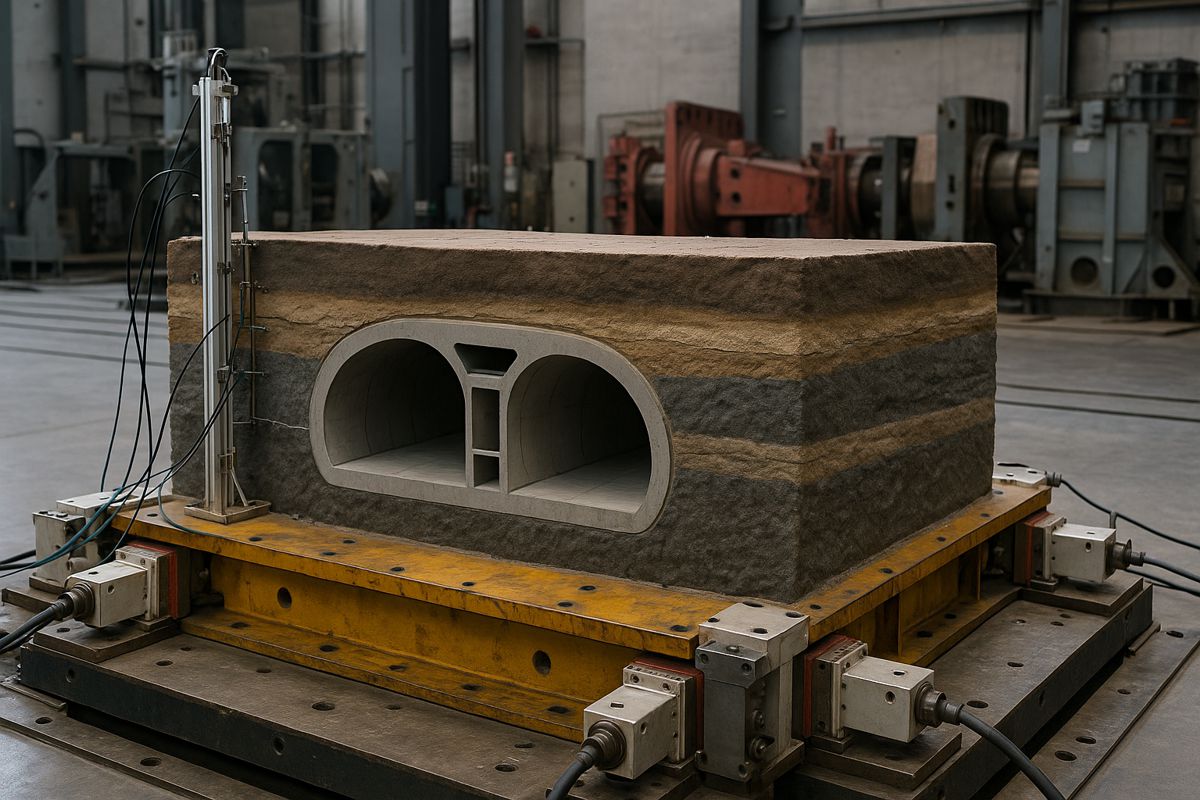Urban Nature is Transforming Storm Sewers for Greener Cities
Across the world, cities are grappling with ageing sewer systems, heavier rainfall events, and rising expectations around public health and environmental quality. The solution increasingly lies not in concrete alone, but in thoughtful, nature-based design that treats rainfall as a resource rather than a nuisance. Recent research shines a light on how green infrastructure is reshaping stormwater management, demonstrating that rain gardens, wetlands, and permeable landscapes can dramatically cut pollution and ease pressure on sewer networks.
Fresh evidence from a long-running project in Columbus, Ohio underscores the impact. Researchers found that targeted green infrastructure in residential neighbourhoods can significantly curb heavy metal pollution, reduce peak storm flows, and support healthier ecosystems. These findings strengthen the case for cities looking to build climate resilience, improve water quality, and create more liveable urban environments.
Powerful Results from Living Infrastructure
Urban runoff has long been a hidden threat to waterways, sweeping pollutants from roofs, roads, and driveways into drains and rivers. In Columbus, a team from The Ohio State University monitored two watersheds over roughly three and a half years, comparing neighbourhoods with rain gardens to areas without them.
The results were striking. Communities that installed rain gardens and similar measures recorded notable reductions in cadmium, copper, nickel, and zinc flowing into waterways. These metals, common in urban pollution from vehicle wear, roofing materials, and industrial residues, pose serious risks when they accumulate in rivers and soils.
Lead researcher Joseph Smith explained the thinking behind the project: “Humans cause a lot of alterations to the environment. So things like rain gardens allow nature to return to how it’s supposed to work.”
The study also confirmed that green infrastructure helps flatten peak stormwater flows, easing pressure on sewer systems and reducing the risk of overflows. This capacity is increasingly valuable as cities face more intense rainfall due to climate change. Smith noted: “Not only does green infrastructure improve water quality, but it also helps cities to be cooler because it adds more green space. The goal is to design spaces where people want to walk around and enjoy beautiful surroundings and experience the many ecosystem services created.”
A Model for Urban Regeneration
The research forms part of Blueprint Columbus, a thirty‑year initiative to retrofit neighbourhoods with green systems and address long‑standing sewer overflow challenges. The programme aims to reduce suspended solids by twenty percent and improve hydrology across the city.
Hundreds of rain gardens have already been built, with work expected to continue until at least 2043. The approach combines engineering with ecology, and community with technology, creating connected networks of urban nature. According to Smith: “Ohio State’s been involved in this project from multiple angles. But what made our study really special is that we could see changes that were happening at the pipe level leading to the stream.”
Crucially, the use of a control watershed means researchers can confidently attribute improvements to the green systems rather than weather patterns or seasonal changes. This makes the project a compelling case study for other municipalities facing similar challenges.
From Public Buy‑In to Biodiversity Gains
Beyond the hard data, green infrastructure has softer, yet vital benefits. Rain gardens create pockets of biodiversity, bring residents closer to nature, and can even support improved mental wellbeing. At the same time, public understanding remains uneven. Some homeowners have expressed concerns around safety and maintenance, highlighting the need for continued engagement.
Smith addressed this directly: “Being involved in this watershed‑scale rain garden project has made me realize that while there are lots of benefits for the community, there’s also more we can do to explain how these projects help individuals who live there.”
Education and collaboration, therefore, sit at the heart of long‑term success. As cities retrofit neighbourhoods, transparency and involvement can ensure green systems remain appreciated, functional, and well‑maintained.
Economic Momentum and Policy Backing
The momentum behind nature‑based solutions is growing globally. According to the US Environmental Protection Agency, investment in green infrastructure not only protects waterways but also supports job creation and catalyses sustainable development. Cities like Philadelphia, Toronto, Melbourne, and Copenhagen have launched large‑scale initiatives blending vegetation, water capture, and smart planning to adapt to more unpredictable climates.
The World Bank and OECD have also backed green approaches, noting their cost‑effectiveness and ability to deliver climate resilience while boosting public amenity. In the UK, the Environment Act 2021 and National Planning Policy Framework both reinforce the role of sustainable drainage systems in future developments.
International Lessons in Urban Water Stewardship
Europe’s Sponge City movement, particularly visible in Germany and the Netherlands, illustrates how integrated water design protects both citizens and cultural heritage from flooding. Meanwhile, Singapore’s ABC Waters programme has shown how engineered natural systems can turn concrete canals into ecological assets.
These global examples echo the Columbus findings: when cities blend engineering with ecology, they get cleaner water, happier communities, and healthier local habitats.
A Greener Urban Future
Smith summed up Columbus’ role succinctly: “Columbus is becoming a leader and model for other municipalities that are facing similar problems.”
The implications reach far beyond Ohio. As governments and planners confront climate change, ageing infrastructure, and urbanisation, green infrastructure offers a practical, evidence‑based pathway. It is neither a silver bullet nor a short‑term fix, but a powerful tool in reshaping how cities interact with nature.
Reshaping Cities
Cities that embrace living systems are better equipped to withstand storms, heatwaves, and economic shocks. The Columbus study adds to a growing body of global evidence that natural solutions aren’t just environmentally sound, but financially and socially astute.
Green infrastructure is no longer experimental. It is proven, it is scalable, and it is reshaping the way cities think about stormwater, public space, and environmental health.




















